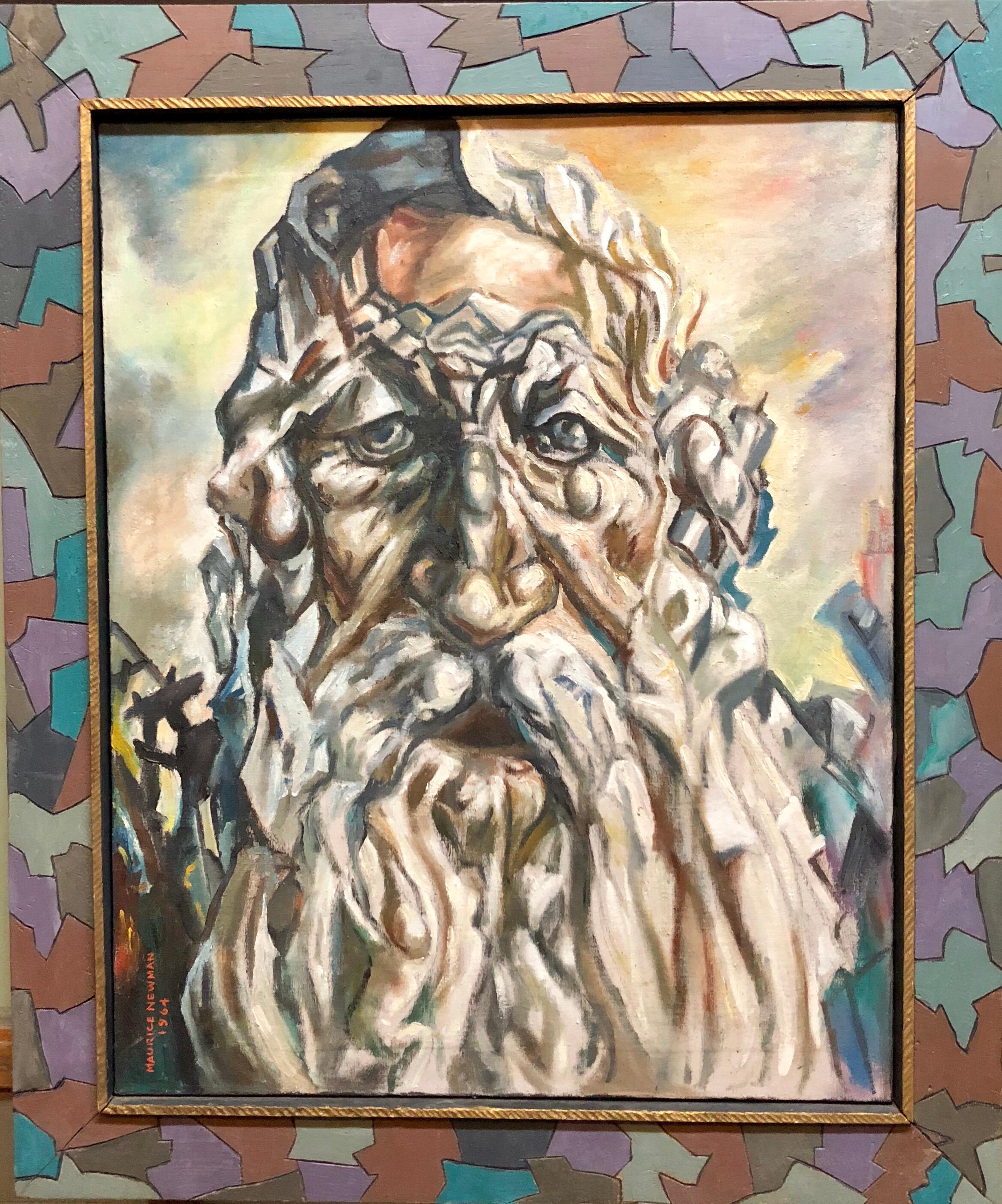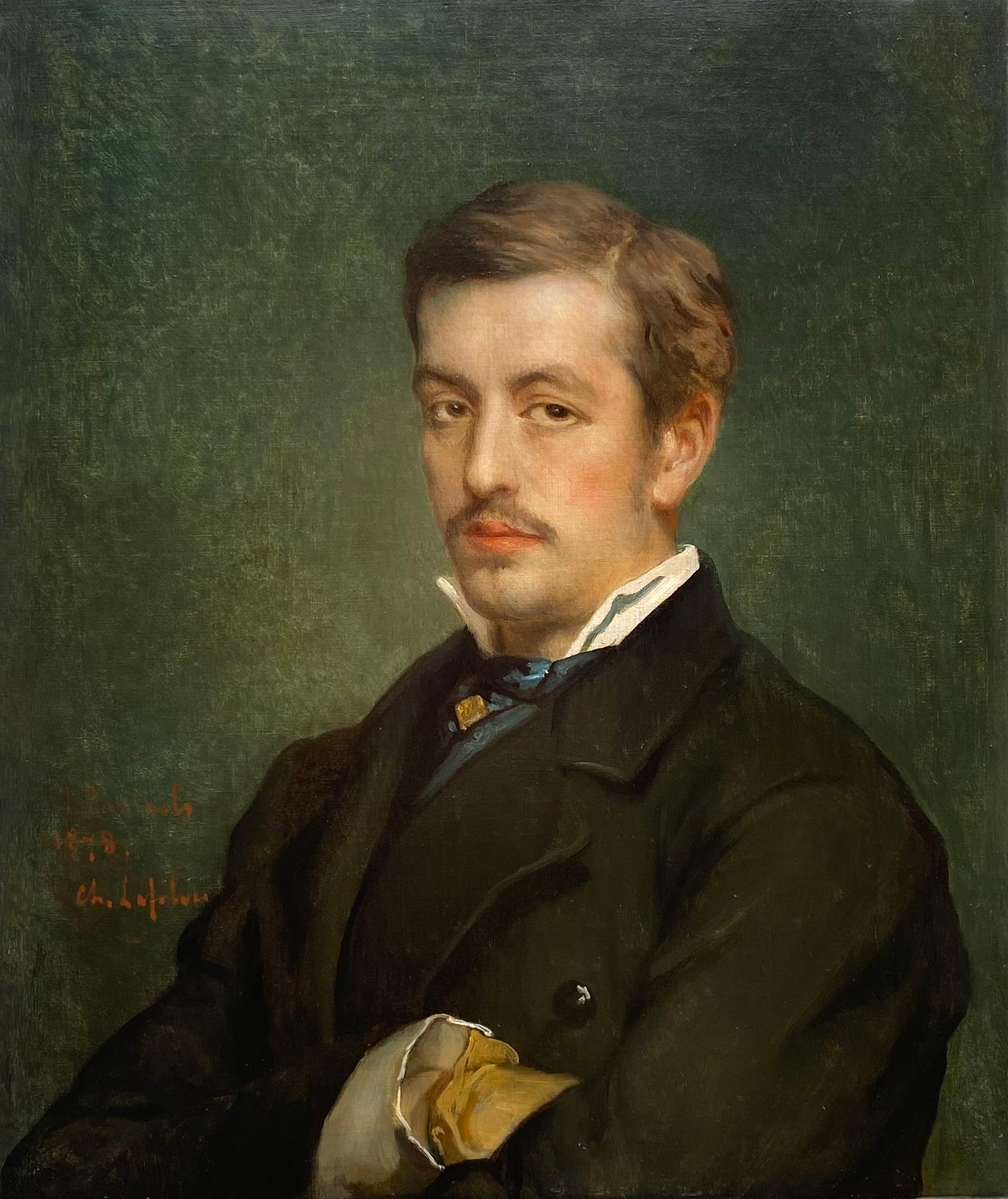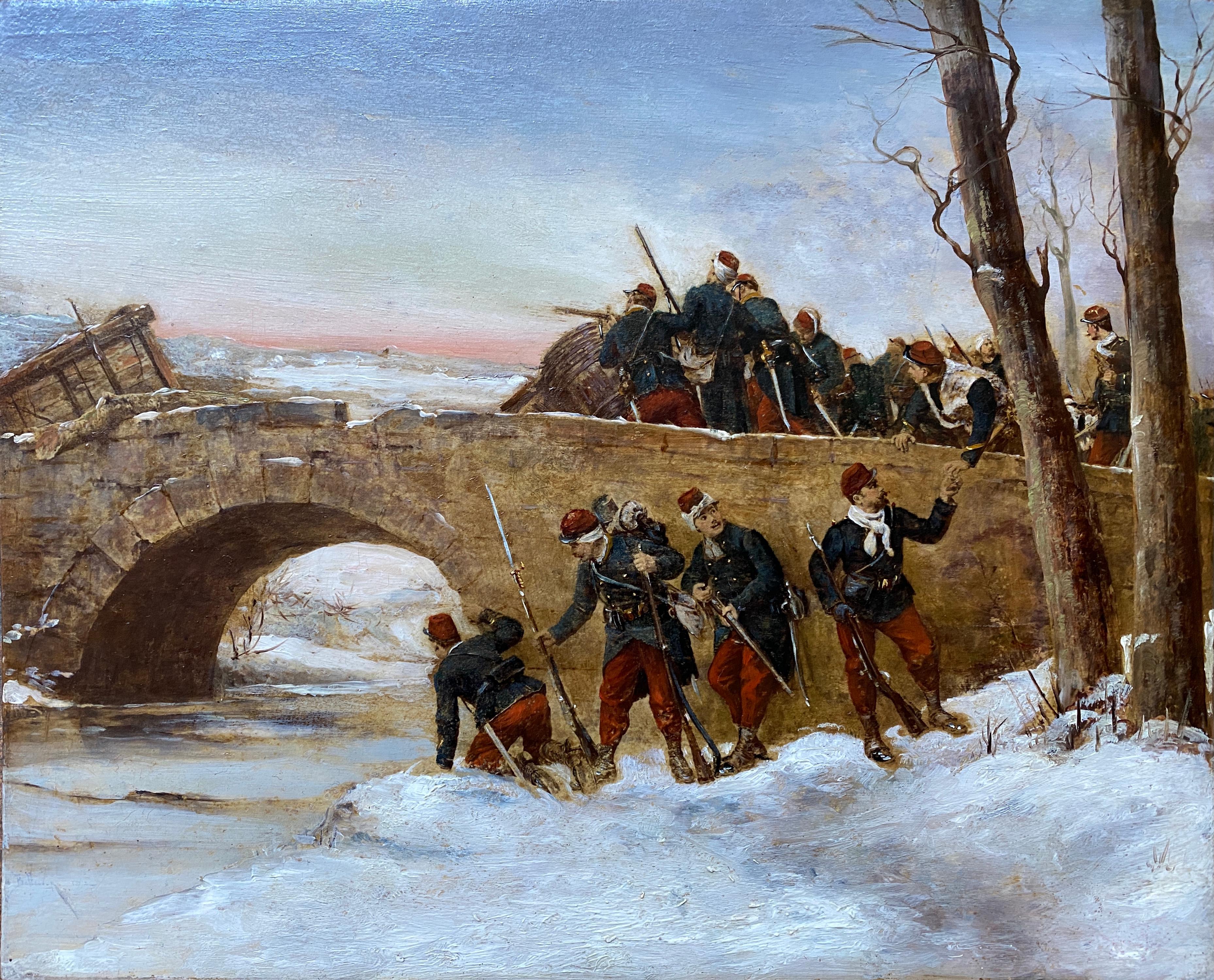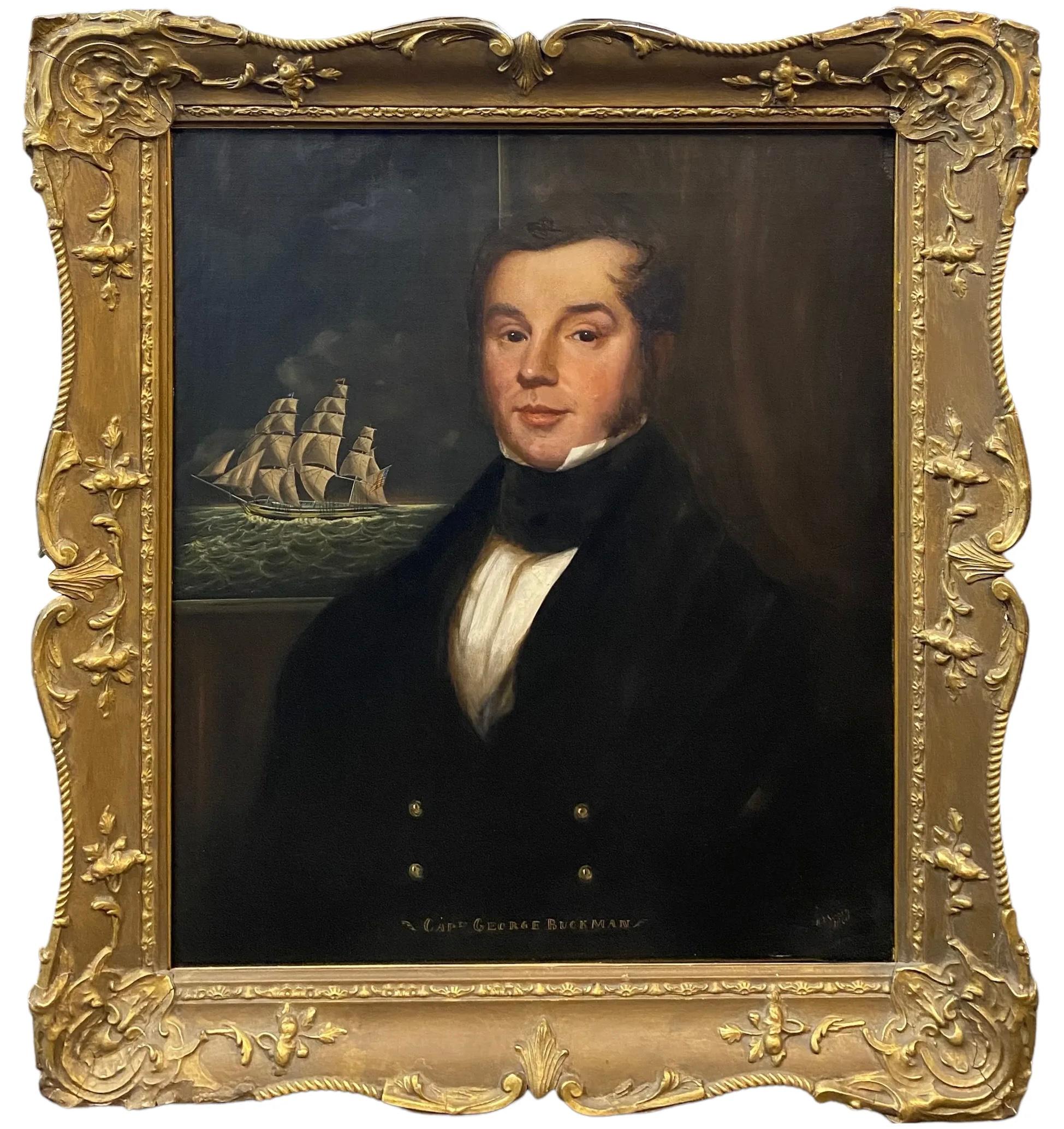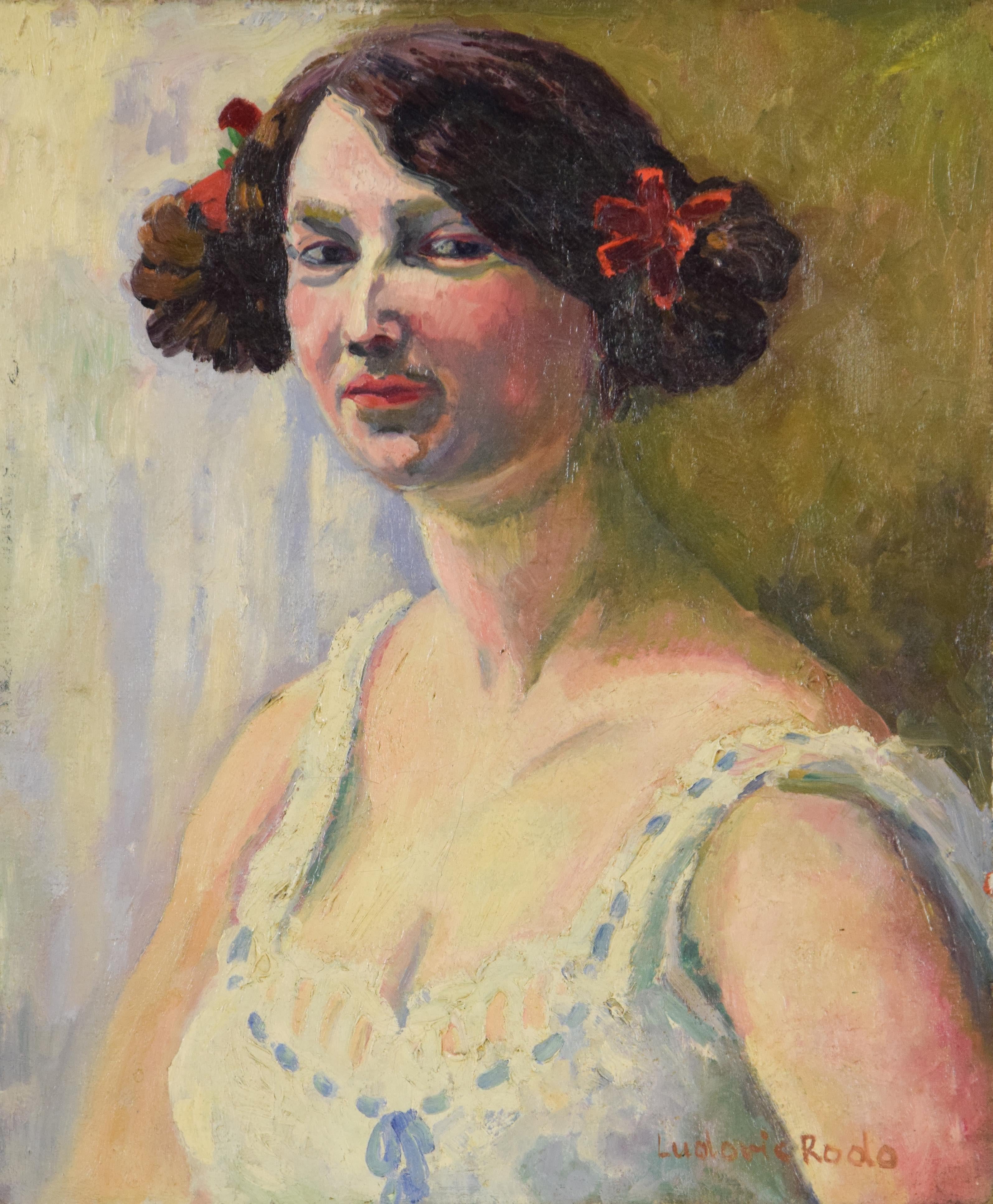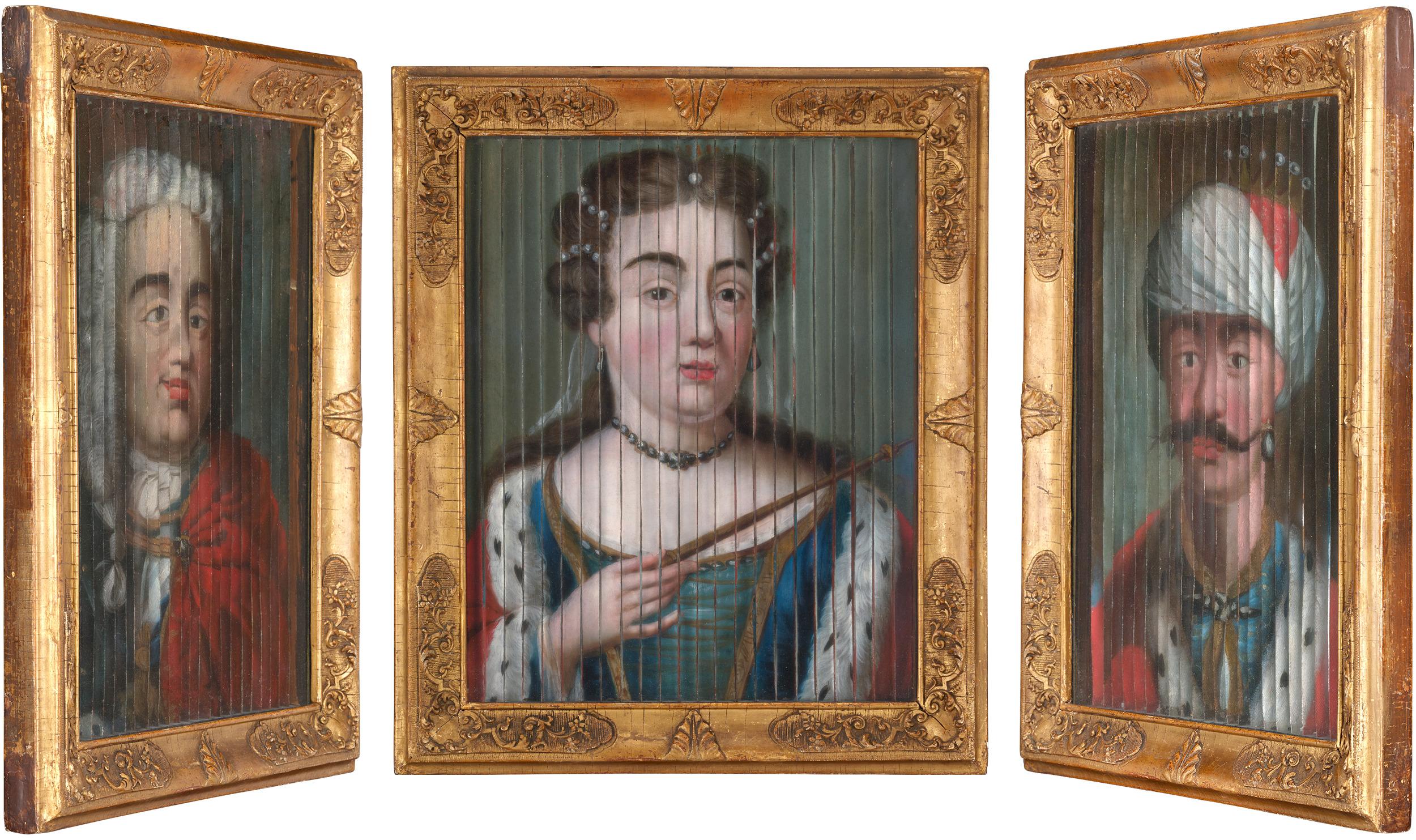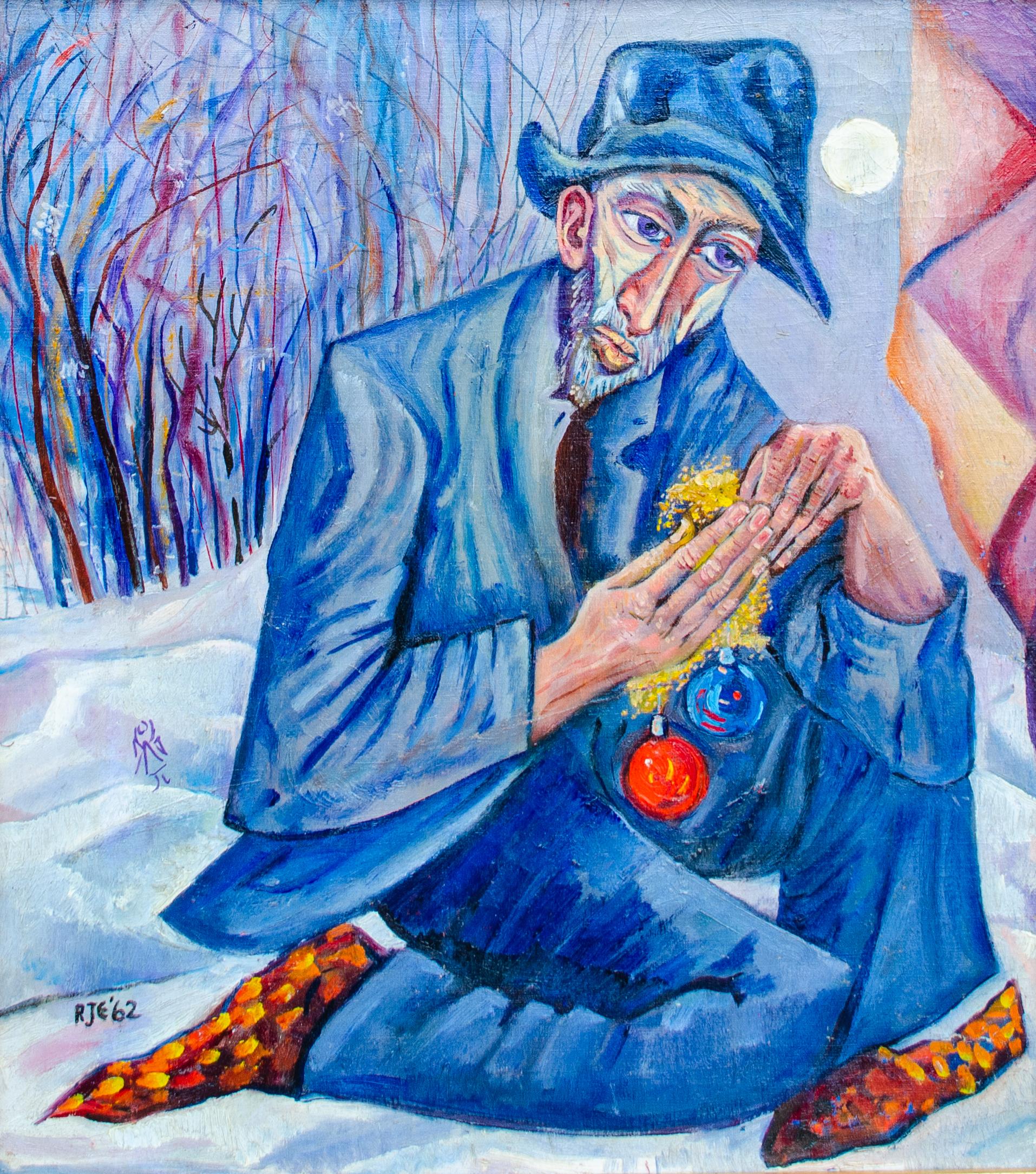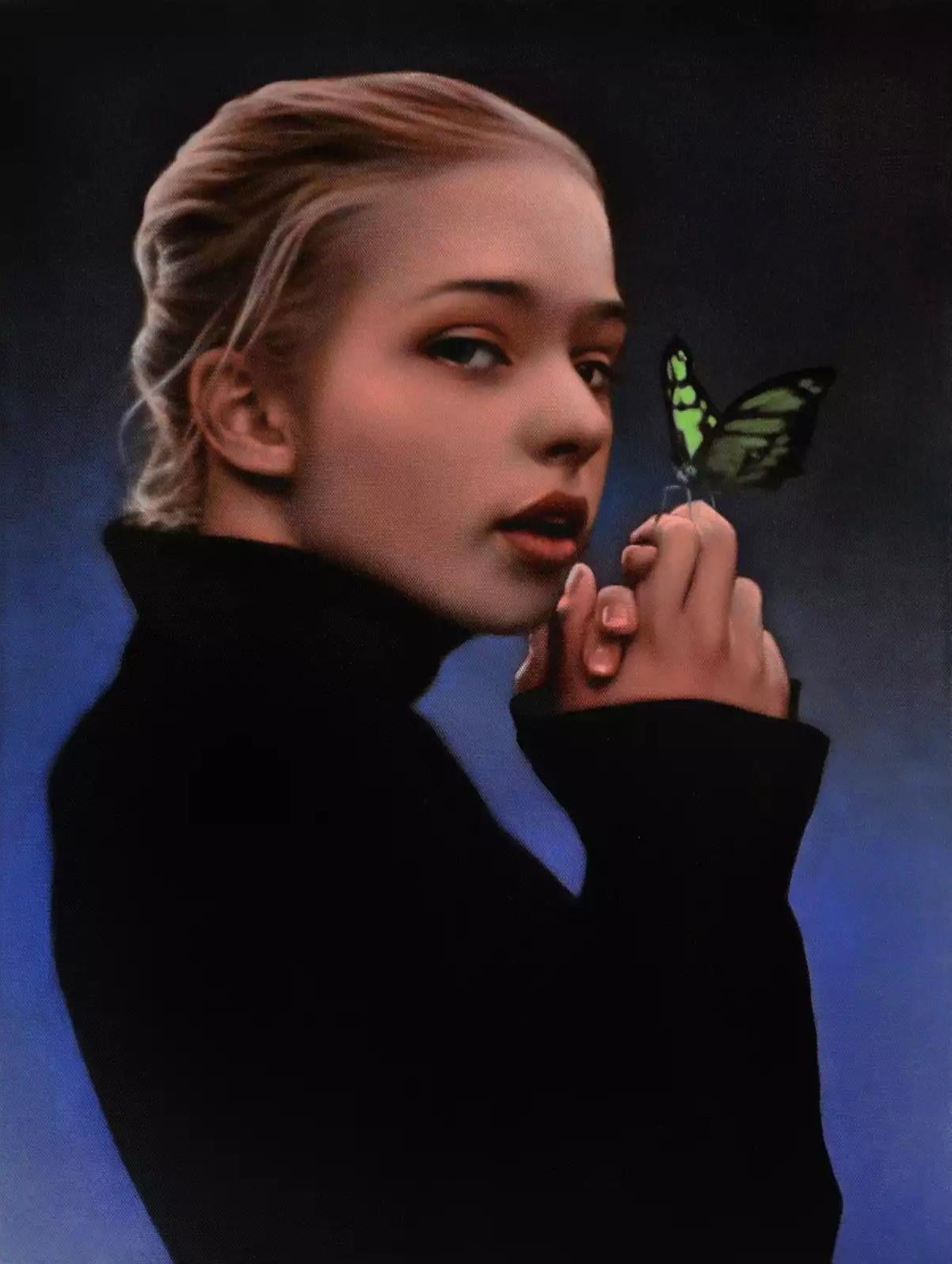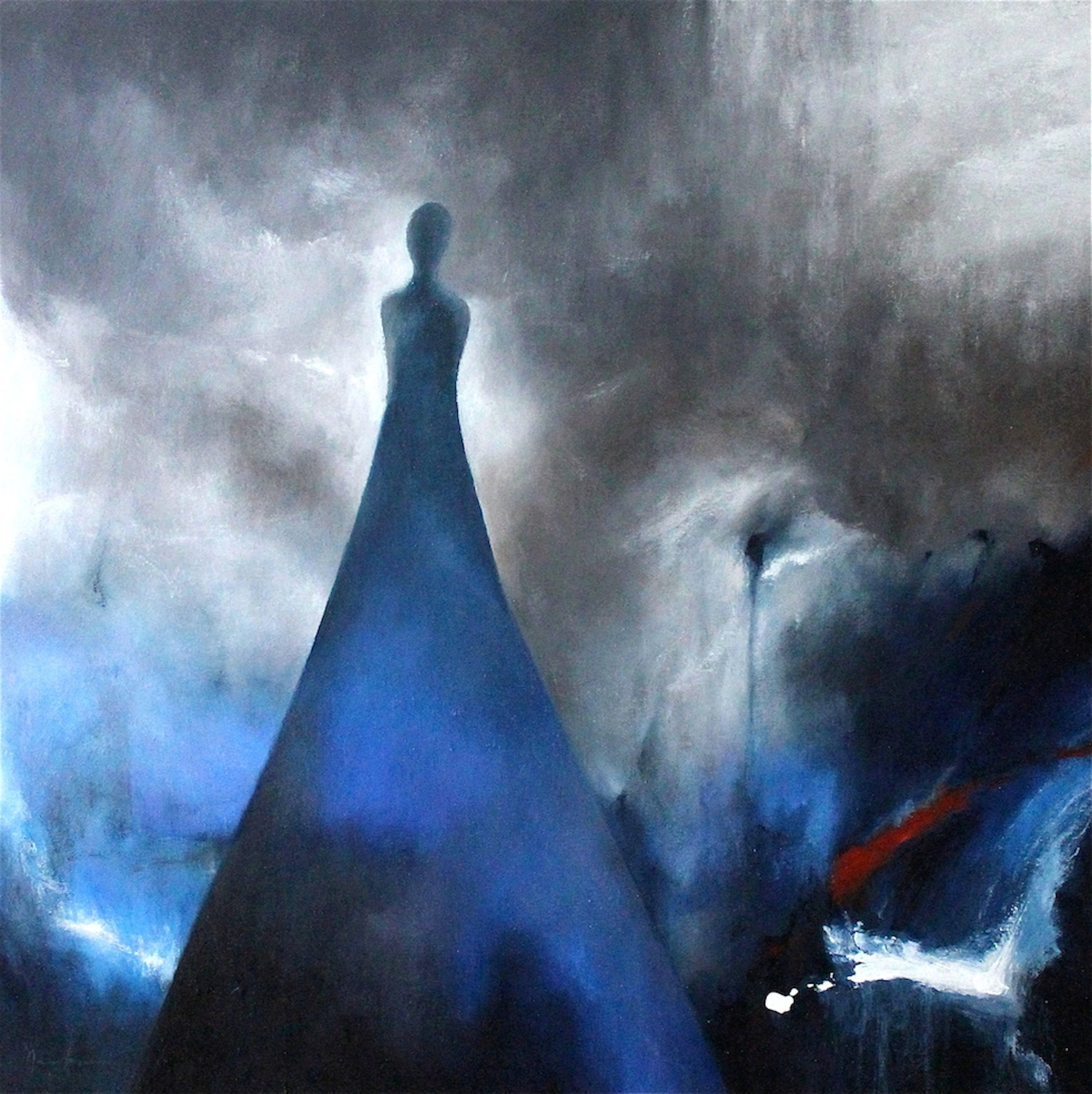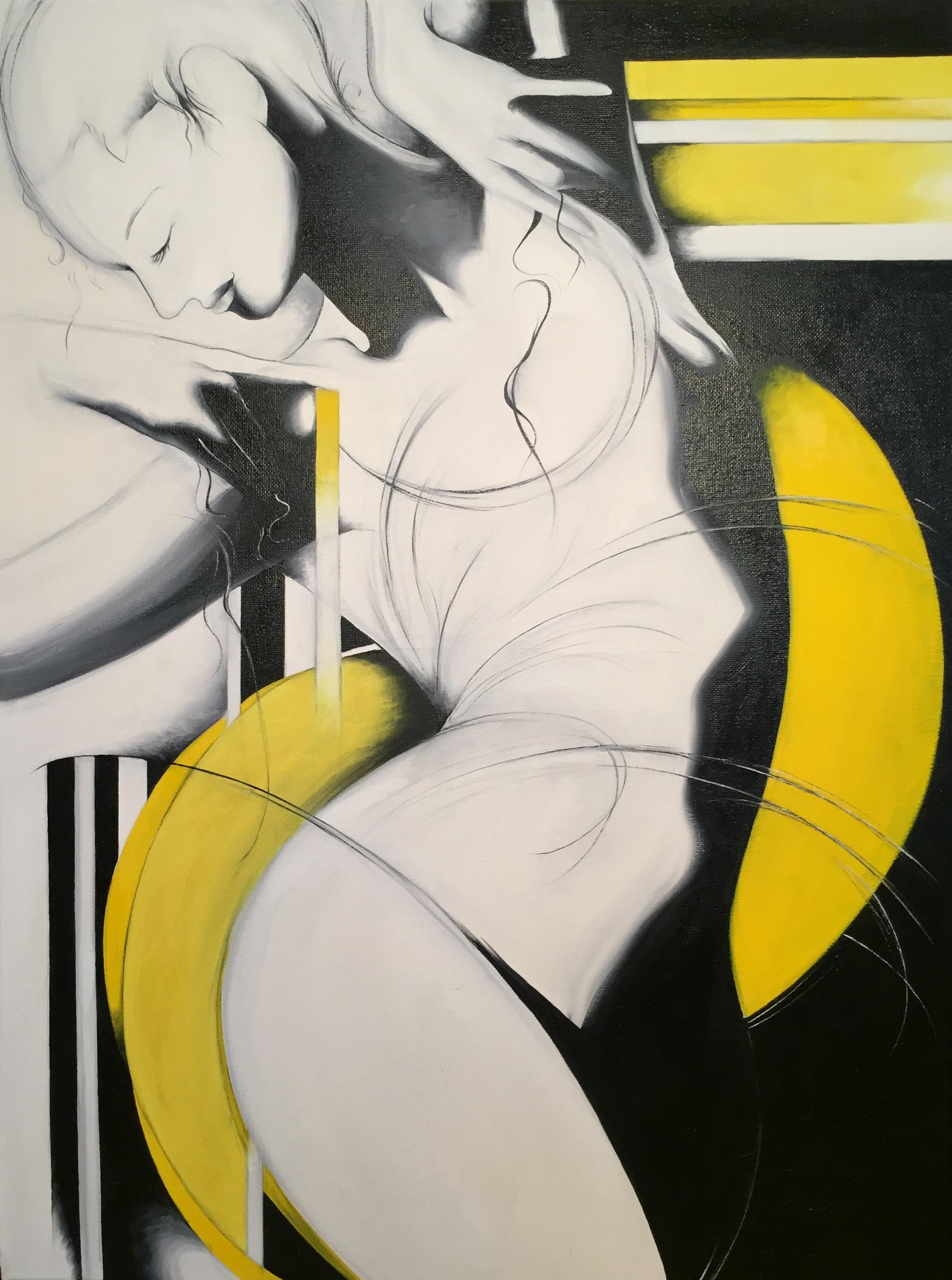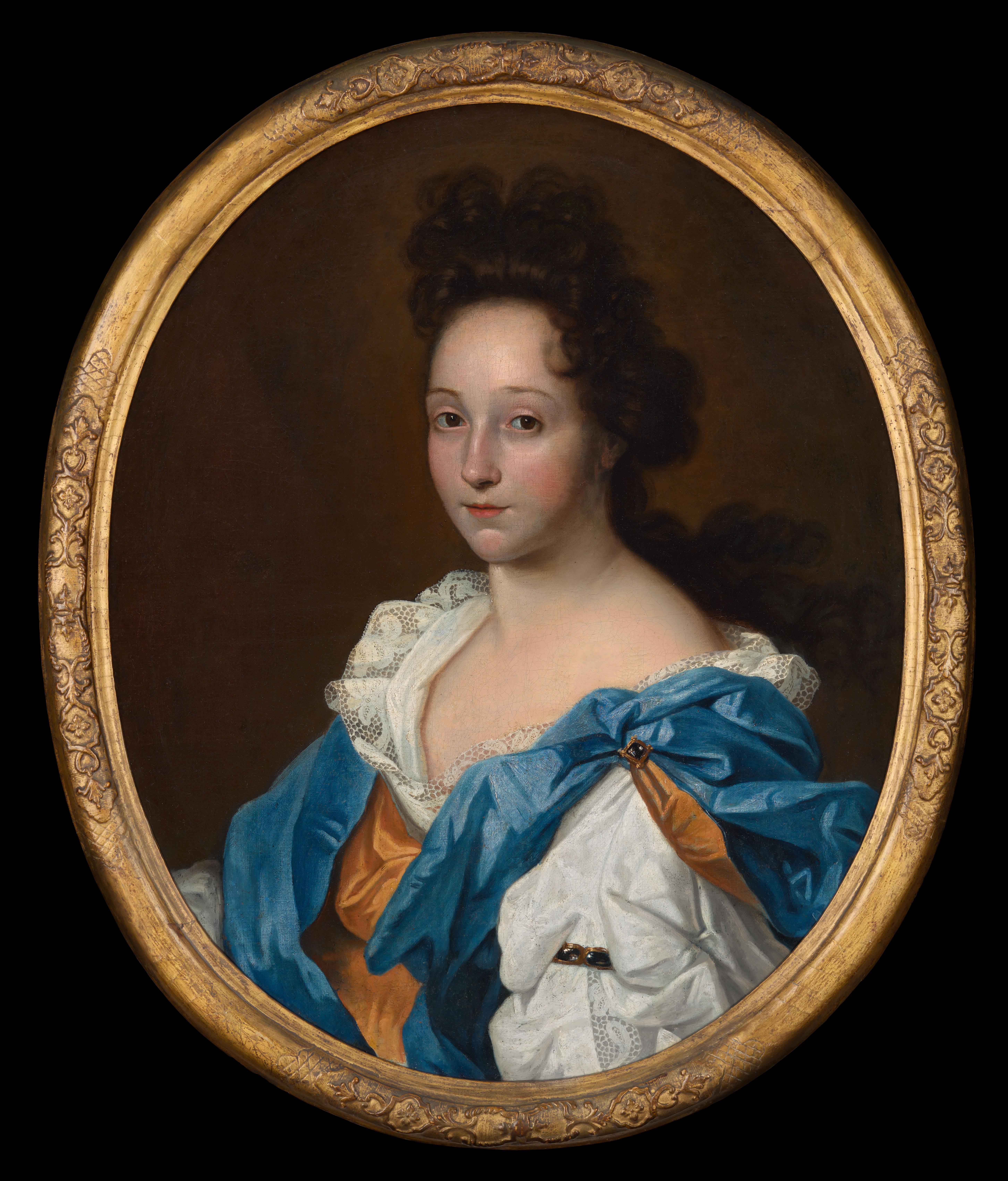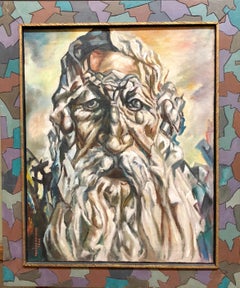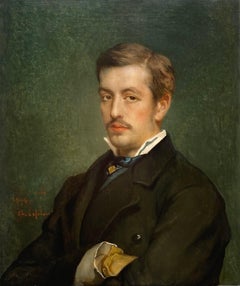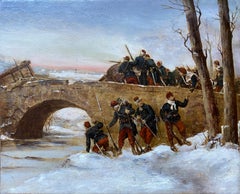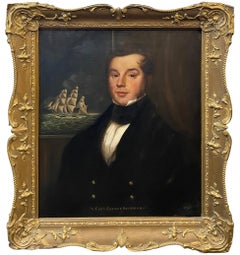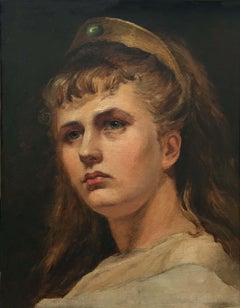
Portrait of a Girl wearing an hairband with a precious green stone.
1 of 2
Samuel Luke FildesPortrait of a Girl wearing an hairband with a precious green stone.1882
1882
About the Item
Authenticity Guarantee
In the unlikely event there’s an issue with an item’s authenticity, contact us within 1 year for a full refund. DetailsMoney-Back Guarantee
If your item is not as described, is damaged in transit, or does not arrive, contact us within 7 days for a full refund. Details24-Hour Cancellation
You have a 24-hour grace period in which to reconsider your purchase, with no questions asked.Vetted Professional Sellers
Our world-class sellers must adhere to strict standards for service and quality, maintaining the integrity of our listings.Price-Match Guarantee
If you find that a seller listed the same item for a lower price elsewhere, we’ll match it.Trusted Global Delivery
Our best-in-class carrier network provides specialized shipping options worldwide, including custom delivery.You May Also Like
Holocaust Memorial Oil Painting Judaica Rabbi Composed of Figures Artists Frame
By Maurice Newman
Located in Surfside, FL
Maurice Newman was active/lived in Massachusetts / Lithuania. Maurice Newman is known for sculpture-abstraction, impressionist landscape painting, diorama.
Born in Lithuania, Mauric...
Category
1960s American Modern Portrait Paintings
Materials
Oil
'Portrait of a Man in a Black Coat' by Jean-François Portaels (1818 – 1895)
Located in Knokke, BE
Jean-François Portaels
1818 – Brussels – 1895
Belgian Painter
'Portrait of a Man in a Black Coat'
Signature: signed middle lower left, dated 1878 and named ‘J. Portaels 1878. Ch. Lefebvre'
Medium: oil on canvas
Dimensions: image size 60,5 x 50,5 cm
Biography: Jean-François Portaels, also known as Jan Portaels, was a versatile Belgian painter born on April 3, 1818, in Vilvoorde and passed away on February 8, 1895, in Schaerbeek. He was celebrated for his genre scenes, biblical stories, landscapes, portraits, and Orientalist subjects. As a teacher and director of the Academy of Fine Arts of Ghent and the Académie Royale des Beaux-Arts in Brussels, Portaels significantly impacted Belgian art, becoming a pivotal figure in the Belgian Orientalist school. His works were known for their ‘everyday elegance and feminine grace,’ and he played a crucial role in influencing the next generation of Belgian artists, including notable figures like Théo van Rysselberghe.
Portaels was the son of a wealthy brewer who also served as Vilvoorde’s mayor. Showing an early passion for drawing, he was sent to the Académie Royale des Beaux-Arts in Brussels in 1836, where he studied under François-Joseph Navez, a former student of Jacques-Louis David. Navez invited him to his studio, which was renowned at the time, allowing Portaels to refine his skills alongside other talented students like Charles de Groux and Joseph Stallaert.
In 1841, Portaels moved to Paris, enrolling at the Ecole des Beaux-Arts and studying under Paul Delaroche. He became influenced by the emerging Orientalist movement, which was gaining traction in Paris. In 1842, he won the Grand Prix de Rome, which funded his travels across Italy and other regions, including Morocco, Algeria, Egypt, Lebanon, Judea, Spain, Hungary, and Norway. These journeys profoundly influenced his artistic vision, particularly his Orientalist works.
Upon his return to Belgium in 1847, Portaels was appointed Director of the academy in Ghent. In 1849, he married Marie Hélène Navez, the daughter of his first teacher. Despite being offered the directorship of the Brussels Academy, he initially declined, opting to preserve his independence. He later accepted a teaching position at the Academy and eventually became its director in 1878, succeeding Eugène Simonis.
Portaels was known for his broad range of artistic talents, including history painting, portraiture, and genre art. He was particularly recognized for his Orientalist depictions, often portraying the ‘Oriental woman’ with distinctive features like arched eyebrows and almond-shaped eyes. His style, marked by charm and elegance, distinguished him from the dominant artistic movements of Classicism and Romanticism.
He was a pioneer in monumental art in Belgium, working with Jean Baptiste van Eycken to introduce fresco techniques like water glass painting...
Category
Late 19th Century Realist Portrait Paintings
Materials
Canvas, Oil
Étienne-Prosper Berne-Bellecour, Boulogne 1838 – 1910 Paris, Battle Scene
Located in Knokke, BE
Berne-Bellecour Étienne-Prosper
Boulogne 1838 – 1910 Paris
French Painter
Battle Scene
Signature: Signed middel lower left
Medium: Oil on panel
Dimensions: Image size 22 x 27 cm
Biography: Berne-Bellecour Étienne-Prosper was born in Boulogne, France on June 29, 1838. He was a French painter illustrator and printmaker. He also practiced as a sculptor and an etcher. He studied under master teachers and artists Picot François-Édouard and Barrias Félix- Joseph. He also studied at the École des Beaux-Arts in Paris and competed in 1859 for the Prix de Rome. He also worked in photography to support himself while he studied. In 1867 he won a prize for photography at the Universal Exposition.
French painter Vibert Jehan Georges...
Category
Late 19th Century Realist Landscape Paintings
Materials
Oil, Panel
Portrait of Ship Captain George Buckman
Located in Milford, NH
A fine oil on canvas portrait of Captain George Buckman, identified lower center, indiscernibly signed and dated 1860 lower right, with a tall ship with an American flag in the backg...
Category
1860s Portrait Paintings
Materials
Canvas, Oil
Portrait of a Woman by Ludovic-Rodo Pissarro - Portrait painting
By Ludovic-Rodo Pissarro
Located in London, GB
Portrait of a Woman by Ludovic-Rodo Pissarro (1878-1952)
Oil on canvas
55 x 46 cm (21 ⁵/₈ x 18 ¹/₈ inches)
Signed lower right, Ludovic Rodo
Executed circa 1906
This work of art is a...
Category
Early 1900s Fauvist Figurative Paintings
Materials
Oil, Canvas
Tri-Directional Portrait Commemorating the Russo-Turkish War
Located in New Orleans, LA
Austrian School
18th Century
Tri-Directional Portrait Commemorating the Russo-Turkish War
Oil on wooden strips
This extraordinary tri-directional portrait exemplifies the rare innovation known as a triscenorama, capturing a pivotal diplomatic moment through ingenious artistic technique. Employing triangularly cut wooden strips, this remarkable work simultaneously depicts three imperial figures central to the Russo-Turkish War of 1735-1739: Empress Anna Ivanovna Romanova of Russia when viewed directly, Holy Roman Emperor Charles VI from the left and Ottoman Sultan Mahmud I from the right, commemorating the Treaty of Nissa that concluded this significant European conflict.
The portrait utilizes an exceptionally rare optical technique that predates modern movable imaging technology. When observed from different angles, the painted triangular wooden strips create a transformative effect, revealing entirely different imperial portraits as the viewer shifts position. The precision required to execute such a work demonstrates remarkable technical mastery, as the artist had to conceptualize three distinct portraits as well as the meticulous arrangement of the panels. This sophisticated manipulation of perspective creates an interactive viewing experience considered revolutionary for its time.
Almost certainly created by an Austrian artist, this diplomatic artwork likely served as a commemorative piece marking the Treaty of Nissa, signed in September 1739. The treaty concluded Russia's ambitious campaign to secure access to the Black Sea while countering Ottoman raids in Ukraine and the Caucasus regions. Given its exceptional quality and historical significance, this portrait was possibly commissioned by Emperor Charles VI himself, potentially serving as a diplomatic gift to either Empress Anna or Sultan Mahmud I during the treaty negotiations.
Under Empress Anna's leadership, Russia sought to counter devastating raids from Ottoman allies, particularly the Crimean Tatars...
Category
18th Century Old Masters Portrait Paintings
Materials
Wood, Oil, Wood Panel
Recently Viewed
View AllMore Ways To Browse
Ex Ruscha
Fine Art Photography Pier
Hand Folded Paper Sculptures
Hercules Print
Klein Home
Mark Shaw Blue Dress
Military Gun
Motor Magazine
Negative Film Painting
Paper Relief Wall Sculpture
Picasso 1969 Poster
Pop Statue
Syrian Print
Vintage Madeleine Paris
Vintage Paper Targets
Vintage Television Cameras
Vintage Travel Los Angeles
1930s Fashion Drawing
